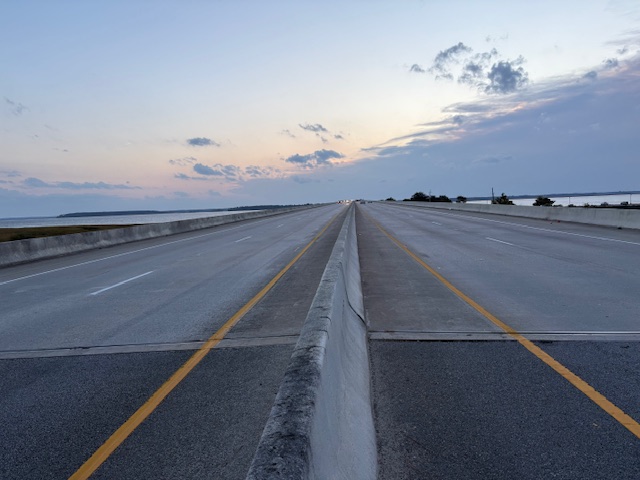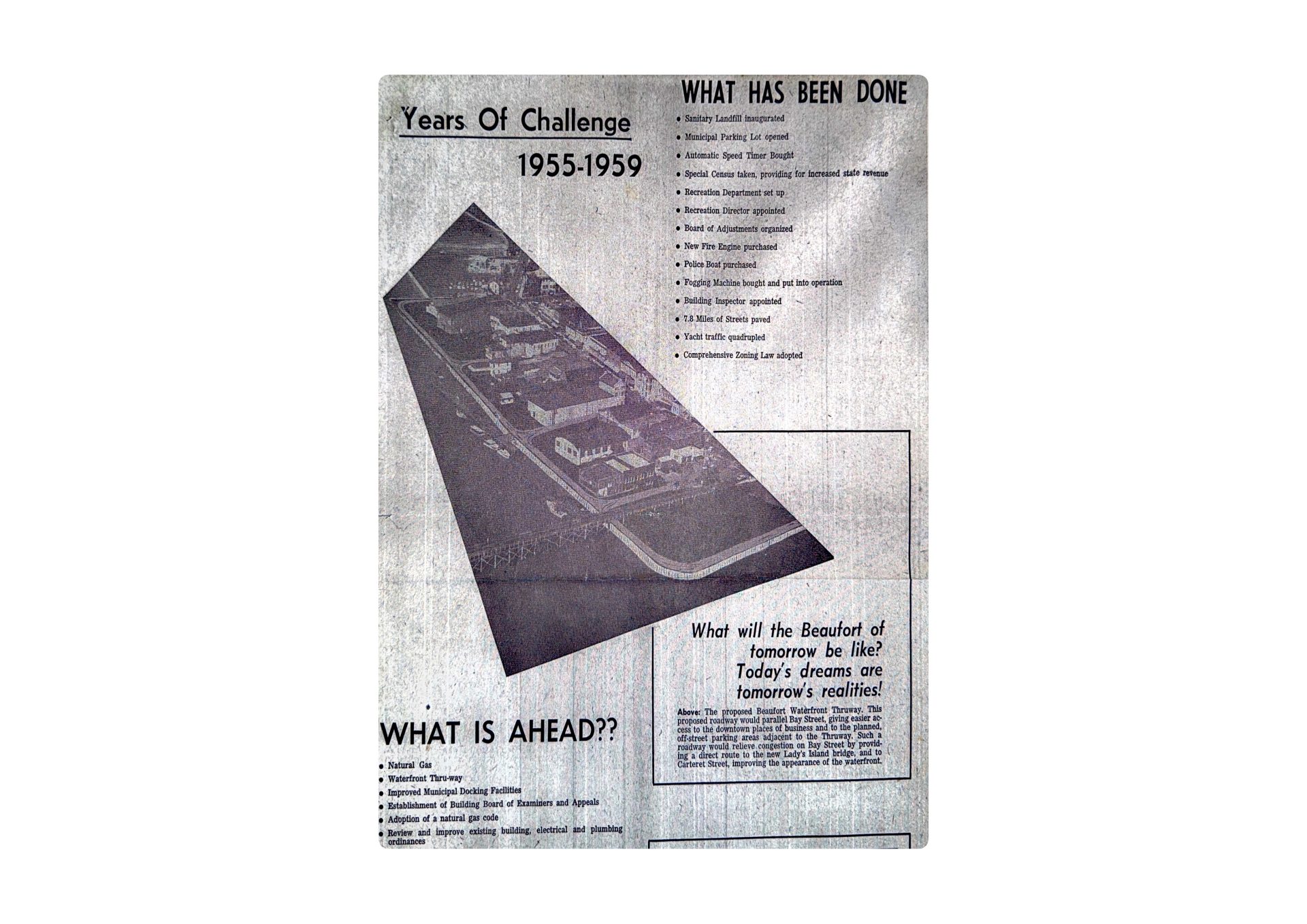The Rauch Report
By Bill Rauch
Out of respect for their heritage, and appalled at seeing it eroding, The City of Santa Fe, New Mexico’s leadership passed in the 1990’s an inclusionary zoning ordinance. It was one of the first of these programs in the United States.
Feeling its way, Santa Fe has continuously tweaked the program. The program today calls for twenty percent of all the houses in new developments to be affordable, down from thirty percent before 2009. Developers are exempted from the city’s roads, police, fire and parks impact fees, and they are exempted from the city’s expansion fee and water offset fee for these units. The total savings of forgiven city development fees is about $10,000 per affordable unit, Matthew S. O’Reilly, the city’s Asset Development Office Director explained last week. Developers also receive as a part of the current incentive package a density bonus of about three quarters of a unit for each affordable unit they build.

Just as Beaufort was a hundred years ago a town of small farmers, shrimpers and traders, a hundred years ago Santa Fe was comprised mostly of small farmers, small ranchers, and traders. Then came the painter Georgia O’Keefe in the 1920’s when the town’s population was about 7,500. She was followed by a steady stream of artists, actors and musicians, and then by an influx of flower children from all over the world in the 1970’s and 80’s.
Today Santa Fe’s population is about five times Beaufort’s, or about half that of Charleston’s.
Santa Fe and Beaufort share many key similarities. Each has, for example, its own architectural style. In Beaufort it is the five elements of the “Beaufort style.” In Santa Fe it is the “Santa Fe style,” sometimes also called “pueblo revival.” After government work, in each city the major employer is tourism. Both are also destinations for active retirees.
As more and more well-heeled newcomers arrived in Santa Fe in the 1980’s, the city’s historic district became increasingly unaffordable to the longtime residents. That’s when the city’s leadership moved to impose inclusionary zoning.
Out of respect for the dignity of those in the affordable units the city requires that the affordable units be scattered throughout new developments and that they be architecturally indistinguishable from the market-priced units.
Founded in 1610, Santa Fe is the oldest capital city in North America, and the home of the second oldest national historic landmark district in the U.S. (after St. Augustine, FL). Its historic district covers about a sixth of the city. The City imposes architectural standards on all commercial and multi-family buildings throughout the city. The standards for buildings within the historic district are however, as is customary, more stringent.
By contrast Beaufort imposes architectural standards on buildings in its historic district, and on its key corridors, but the five elements of the Beaufort style — the raised basement, that the building faces due south, the second story porch, the wing rooms and the wide center hall — are largely lost outside the historic district. A notable exception is Beaufort’s new City Hall that reflects each of the five elements.
In the boom years of the 1990’s Santa Fe and the unincorporated area just outside its borders engaged in a development rivalry that is reminiscent of the 1990’s David Taub vs. Tom Taylor days in Beaufort. But in 2009 the New Mexico city and county buried the hatchet and reached an agreement on densities and inclusionary zoning reminiscent of Beaufort County’s 2009 Northern Area Plan. Today Santa Fe County requires fifteen percent of the units in new developments to be affordable, down from 30 percent when the county’s program was first instituted.
Since the 1990’s about 4000 affordable homes have been built in the City of Santa Fe as a result of the city’s programs, O’Reilly added.




